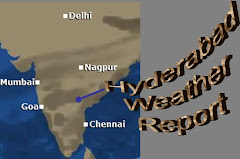

It is dark when I get up, the imman is silent up to 15 mins later: sunrise. 7 am at the Secunderabad trainstation, we eat some of the breakfast the hotel prepared for us and wait for Sundara to arrive. 7.30 in the train normal class (no A/C, no windows so natural A/C actually), 10.15 we arrive in the mandal (± province in NL) where we visiti the kiosk. We are picked up by a mandal-coordinator and get into a mini-bus (6+2 in the back seater) for 45 mins, and then an autoriksja to take the last stint of 30 mins.
Roads are surprisingly good, houses are brick houses to our surpise. The kiosk looks very good, the guys are friendly as well as the farmers we shortly meet. Telugu is their language, so we are challenged in communications. The “largest” farmer with 20 acres speaks some English, the 10 acre or 7 acre men a lot less. Simple questions help, as we drink the generously offered warm milk (yep, not my thing but very impolite 
Than route home starts. Autoriksja and bus as the train does not run within the next two hourse. A good 3.5 hours in the bus, and muscles hurt allower. Ears even more because of the horn that sounds LOUD & CLEAR.
We have learned a lot again today; and more ideas to market Janani. Of course, this again requires money so that is the explanation to clarify our observation that it all is very silent. The even not is a Janani sign on the building, only e-Sagu. How to build and grow a business with lacking communications and marketing mechanisms, let alone being it a somewhat profitable construction within one pyramid … and we need 50-100 pyramids. What a job, what a challenge!




No comments:
Post a Comment